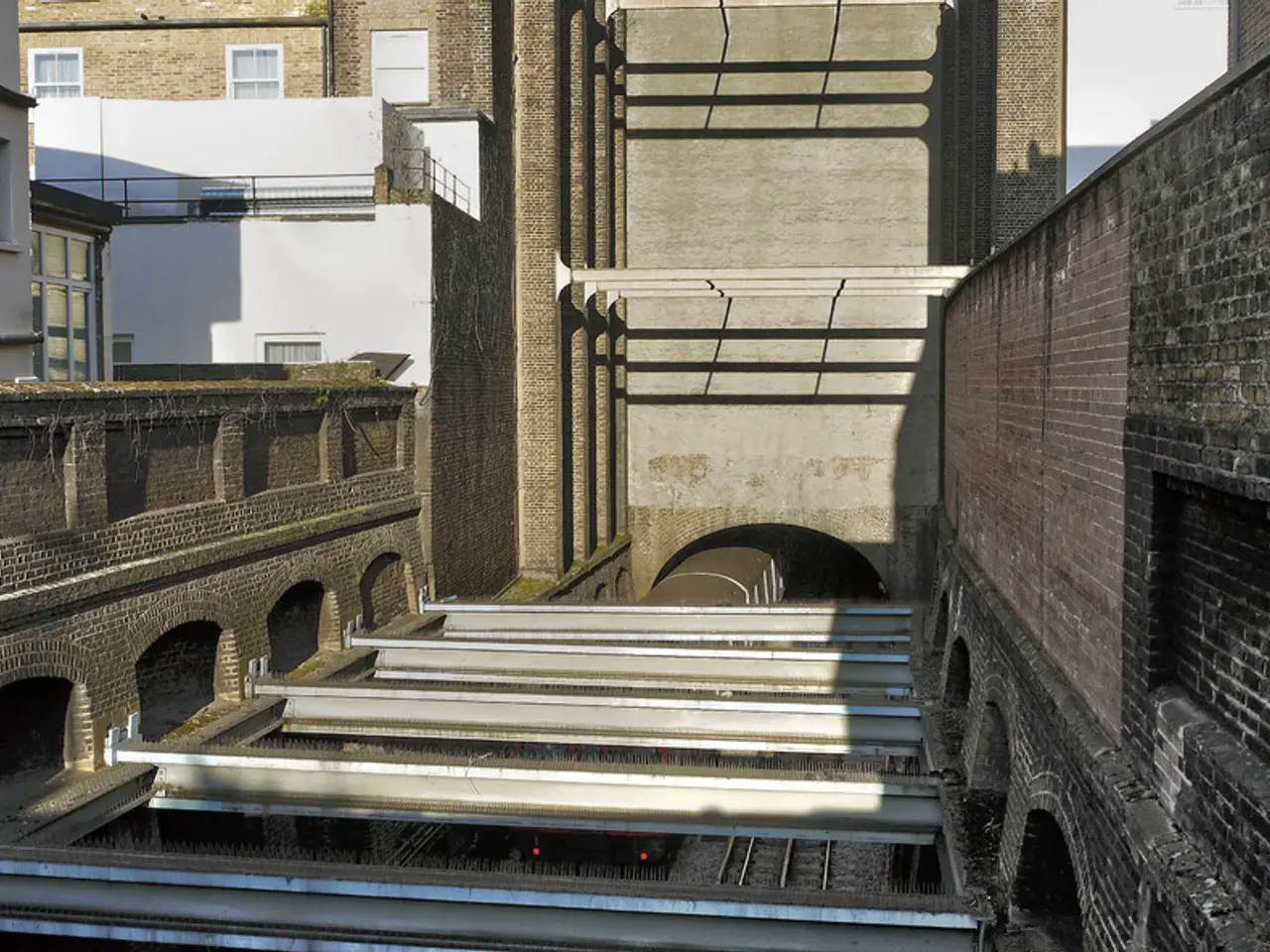Potential Security Threat at India's Border: China's New 2,000 Kilometer Rail Line Along the Line of Actual Control Stirs Security Worries in India
China is set to commence construction on a monumental railway project, connecting its Xinjiang region with Tibet. Known as the Xinjiang-Tibet railway, this undertaking will link northwest and southwest China, and is part of a larger goal to develop a 5,000-kilometre plateau railway network centred on Lhasa by 2035.
The railway, which will average over 4,500 metres above sea level, making it one of the highest in the world, is considered one of China's largest railway projects to date. Initial construction is expected to cover the stretch from Shigatse to Pakhuktso.
However, the strategic implications of this project for India's national security are significant. The route of the Xinjiang-Tibet railway runs dangerously close to the Line of Actual Control (LAC), the de facto border between India and China, especially near Ladakh.
One of the key concerns is enhanced Chinese military mobility and logistics. The railway will improve China’s ability to rapidly transport troops, military equipment, and supplies to Tibet and border areas near the LAC. This could enable quicker mobilization and reinforcement in any future border conflict with India, increasing China’s strategic military advantage along the contested border.
In addition, the railway's construction consolidates China’s national and defense connectivity to border regions. It strengthens China’s material supply chains and strategic projection capabilities in high-altitude, difficult terrain zones near India’s borders.
Moreover, the railway’s route partially paralleling the disputed border (Aksai Chin and regions adjacent to Ladakh) symbolizes China’s assertion over contested territories. Such infrastructure projects can be perceived by India as a form of strategic encirclement or pressure, potentially escalating tensions in the region.
Apart from military implications, the railway facilitates greater economic development and ethnic integration between Xinjiang and Tibet, which China may use to solidify control over these sensitive border regions. This could indirectly impact India’s strategic environment by stabilising China’s western frontier.
From India's perspective, the Xinjiang-Tibet railway poses risks, as it may allow China to rapidly mobilise troops and weapons close to the LAC. The railway may run near the G219 National Highway, which skirts the LAC.
The estimated cost of the Xinjiang-Tibet railway project is approximately $13 billion. Construction will face obstacles such as glaciers, frozen rivers, and permafrost. Surveys and design work for the Hotan-Shigatse section of the Xinjiang-Tibet railway started in May 2022.
Aksai Chin remains one of the most sensitive military zones between India and China, and India believes that the new railway will exacerbate this issue. Retired General J.J. Singh wrote in 2023 that the Xinjiang-Tibet railway is a source of growing concern for India due to China's protection of strategic corridors.
As the construction of the Xinjiang-Tibet railway progresses, it is crucial for India to monitor and prepare for potential shifts in the military balance along the India-China border.
Read also:
- Court petitions to reverse established decision on same-sex marriage legalization
- Chinese Ambassador issues stern message to India regarding Trump's tariffs in midst of escalating trade feuds
- Unveiling the potential template for authoritarian leaders in Togo's controversial constitutional switchover.
- Potential Consequences Following the Baku-Yerevan Joint Declaration Signing in Washington








